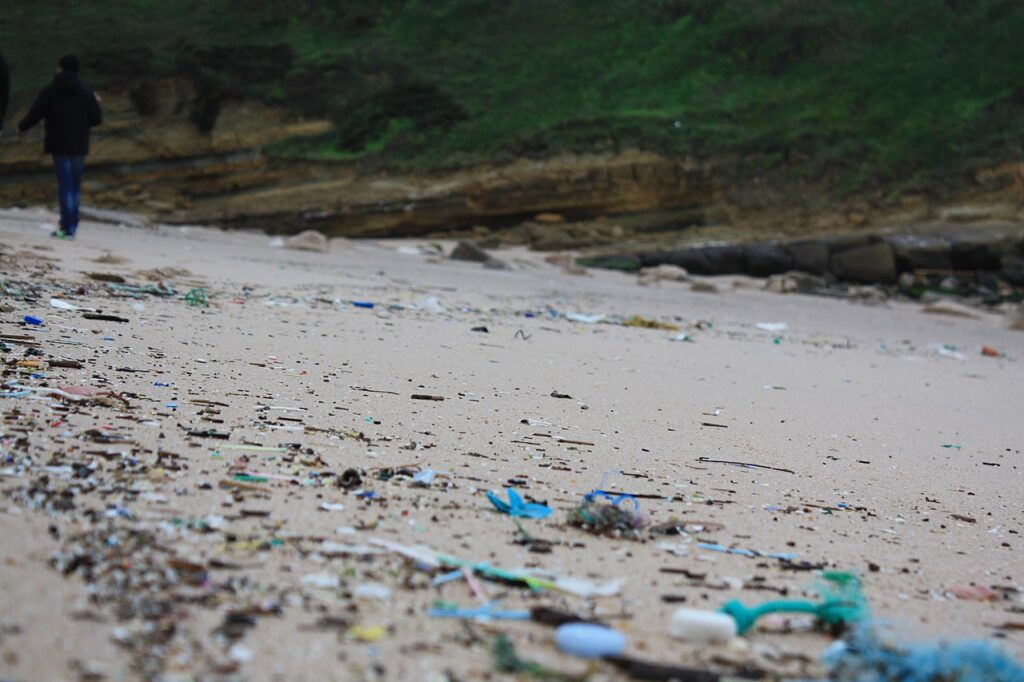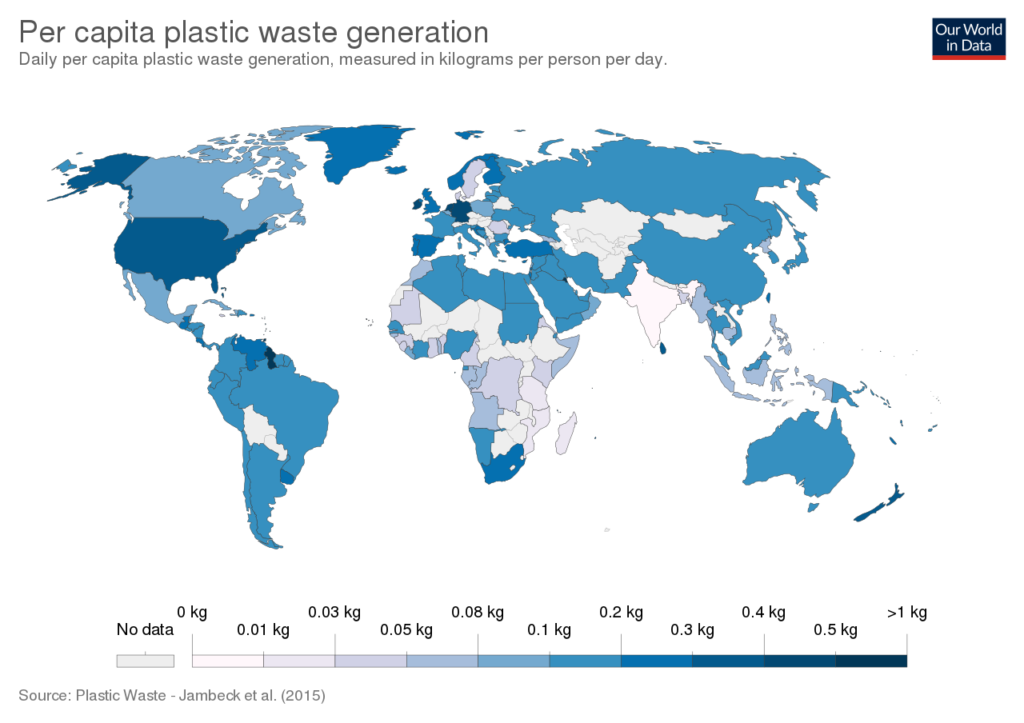Humans have been responsible for the transportation of flora and fauna from water body to water body since the Bronze Age when communities colonised inside and outside wooden sailing ships. With the increase in international trade, recreational boating, and aquaculture in this era, we can safely assume that the transport of non-native species has increased. However, we fail to account for the biggest reason for the dispersal– plastics. No wonder why plastics are considered one of the worst threats to wildlife. In fact, plastic are one of the factors which are catalysing the destruction our marine biodiversity. So how does plastic disperse aliens into our oceans?
What role do plastics have in transporting aliens?
As almost every inch of the Earth’s oceans is littered with plastic, it acts as the most efficient oceanic raft of our times. It can carry 387 different invasive species, from microorganisms to crustaceans. 72% of these rafters are suspension feeders that take their nutrition from the seawater. Sessile Fouling communities of seaweeds, moss and hydrozoans settle on the litter from nearshore environments and provide food and shelter for larger organisms like fish. They follow the floating plastic through offshore ocean currents and thus reach new shores. Plastics have great qualities that favour the colonisation, circulation and dispersal of species to much farther distances than natural flotsam.

Depending on the size, floating nature, chemical composition and structure of the plastic, it can attract different communities. For example, larvae of the invasive bryozoa Bugula show 70% higher and much faster settlement (5 minutes) on plastic than in wood or cement. Larger plastics can harbour more diverse communities. The number of invasive bacteria is found to be more in polystyrene plastics than in polythene. The composition of the polymer influences the number of microbes associated with it and those organisms that are benefitted from biofilm formation.
Who contributes the most plastic?
The efficiency of plastic as a dispersal vector was realised by many after the 2011 Japanese tsunami led to the discovery of 5 million tons of plastic debris on the North American west coast and Hawaii. SERC Researchers spent the next six years collecting over 600 items which were found to be harbouring 289 Japanese marine species. All the species were not just alive but ready to reproduce. Influenced by the “mass rafting” event, and ocean clean-up drives, the team at SERC now use PVC plates and allow them to be colonised to track the measure of invasive species present at the Galapagos beaches.
The Mediterranean sea is one of the most impacted areas of marine invasion. More than half of the 455 invasive marine species have reached the sea by hitchhiking a ride on plastics, including the venomous Nomad jellyfish and the Long-spined sea urchins. The fact that plastics can also carry microbes across oceans is a bigger threat than accounted for. Pathogens like Vibrio and Halofolliculina cause skeletal eroding band disease in corals and dinoflagellates. The transport of macrofauna like bryozoans may cause algal blooms and suck up all the oxygen in the water.

How are aliens destroying our marine ecosystems?
After entering a new environment, the alien may change the habitat, displace native species that may be keystone species, destroy food chains and even make the ecosystem unsuitable for many organisms in the environment. Thus, the increasing introduction of plastic into our oceans increases the chance for non-native species to reach other shores and for it to become invasive in the new ecosystem. Once invasive species take hold of an area, it is hard to remove them and bring the ecosystem back to what it once was.
This could be seen in the alteration of the mangrove forest ecosystem as a result of the transport of the isopod S.terebrans from the Indian Ocean to the Western Atlantic ocean. If invasive species are allowed to continue to colonise ecosystems, no matter how tiny the organism, it will eventually reach a point where it affects larger wildlife. As people who are interested in safeguarding wildlife, it is our duty to protect our native marine species as much as we can. Climate change is already destroying our oceans. An easy way to contribute is to practise effective plastic disposal and prevent its accumulation in our oceans, thereby controlling the anthropogenic introduction of foreign species.
Help us Help Them! Think Wildlife Foundation is a non profit organization with various conservation initiatives. Our most prominent campaign is our Caring for Pari intiative. Pari is a rehabilitated elephant at the Wildlife SoS Hospital. 25% of the profits from our store are donated to the elephant hospital for Pari. Other than buying our wonderful merchandise, you could donate directly to our Caring For Pari fundraiser.
